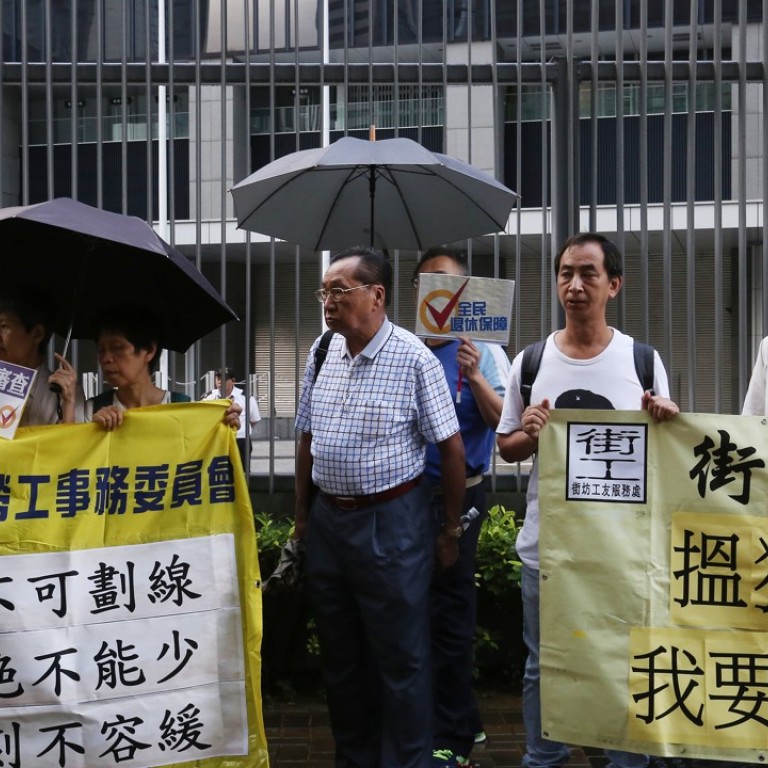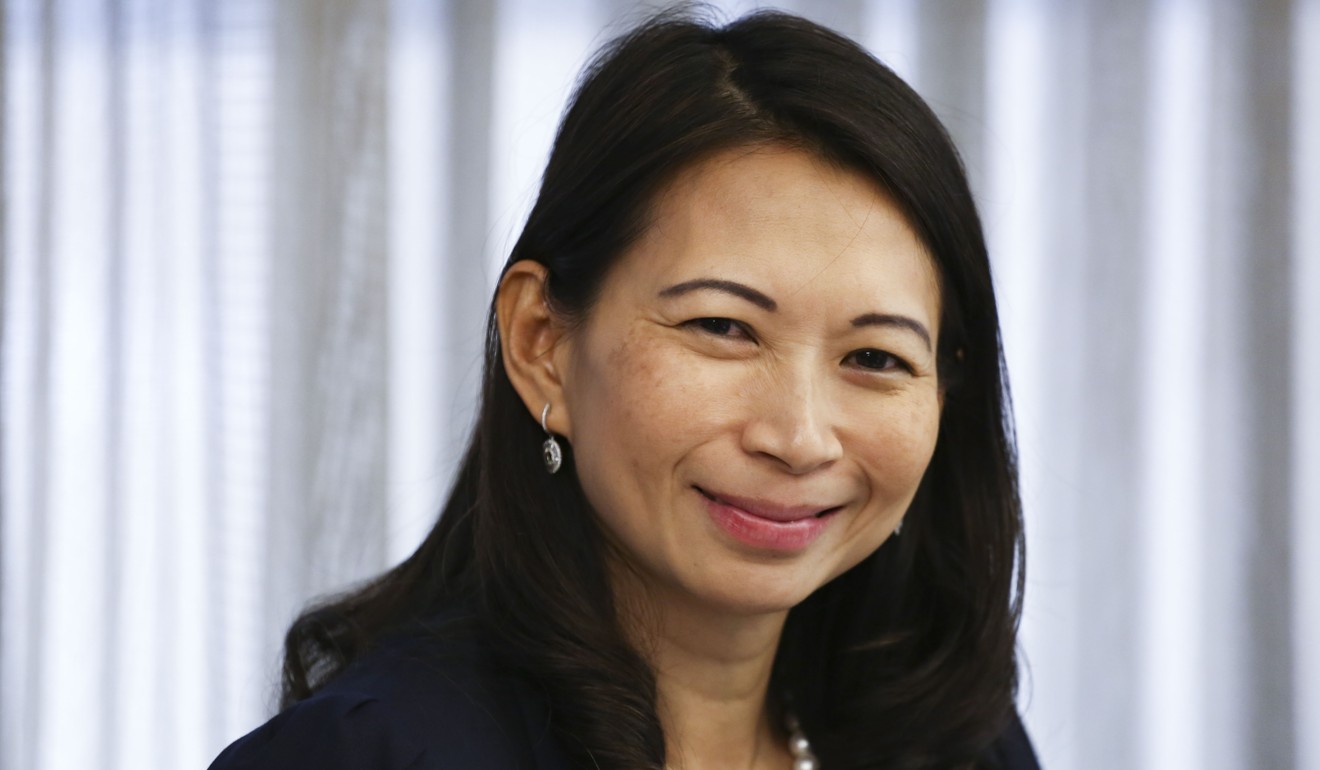
MPF needs to centralise and digitalise, PwC says
Mandatory Provident Fund returned an annual average of 2.8pc from 2000 to 2016, while the Hang Seng Index has an annualised 5pc return for the period, PwC says
Hong Kong’s Mandatory Provident Fund would benefit from a centralised database, a push to digitise transactions, and differentiating members by income and age, PwC consultants said.
“Improvements to the system are overdue, given that it has been 17 years since it was first implemented,” said Marie-Anne Kong, a partner and leader of asset and wealth management practise of PwC Hong Kong.
A centralised database containing a traceable record of all MPF members will make competition among fund providers more transparent and effective, Kong said.
The MPF has been under fire for what some say are low returns, high management fees, and complexity in selecting funds from the 15 approved fund providers.
Two thirds of management fees charged by fund providers are administrative costs, which mask the actual performance of individual pension funds and prevent real competition, said Kong.

Annual fees charged by fund providers have eased from 1.74 per cent in 2012 to 1.56 per cent in 2017, but they are still higher than the 0.8 per cent in the US and the 1.2 per cent in Australia, according to the PwC report entitled “Review of Hong Kong’s MPF: Recommendations for key reforms”.
The scheme administrators should also digitalise transactions and make it possible for pension members to manage their investments via mobile phones, PwC recommended.
About 65 per cent of all MPF transactions and proceedings are paper-based, creating high administrative costs, said Kong.
“This pushes up costs and doesn’t enable members to track their investments easily,” said Albert Lo, financial services consultancy partner of PwC Hong Kong.
A centralised electronic platform “eMPF” has been under development, said a spokeswoman for the Mandatory Provident Fund Schemes Authority (MPFA) in an emailed response.
“We anticipate the platform will substantially decrease paper-based transactions,” she said.
Pension scheme members will be able to log into the platform and manage investments once it is put into force, she said.
The scheme should also increase product types and set different limits on contributions for different age and income groups, the PwC report suggested.
All employees and their employers are require to each contribute 5 per cent of the salary to an MPF, with an upper limit of a combined HK$3,000 (US$384) per month, under current regulations.
The MPF returned an annual average of 2.8 per cent from 2000 to 2016, while the Hang Seng had risen 5 per cent annually, according to the PwC report.
However, the MPFA spokeswoman said the annualised return rate of the MPF is 4.3 per cent since its launch in 2000 after deducting fees, surpassing the inflation rate of 1.8 per cent in the same period.
The return for MPF funds invested in equities is 5 per cent annually, she added.
In comparison, the annual return rate for pensions in the same period was 7.6 per cent in Canada, 6.8 per cent in New Zealand, and 6.5 per cent in Australia, PwC said.
The MPF scheme has accumulated more than HK$774 billion in assets as of July. The net return from the scheme amounted to HK$217 billion after deducting fees, the spokeswoman said.

